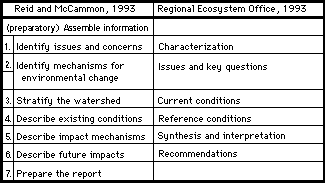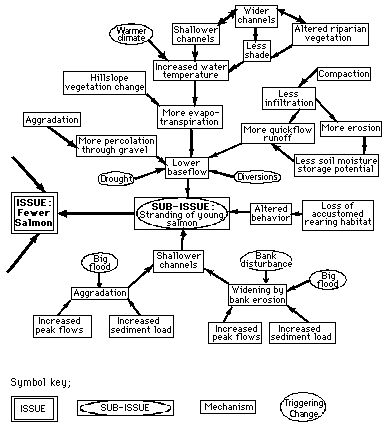
Figure 1. Schematic diagram of synthesis

Figure 2. A simple example of synthesis during watershed analysis.

Figure 3. Synthesis from a jumbled (unsorted and un-distilled) pool of information containing four topics or categories of information: square, circular, rectangular, and trapezoidal.
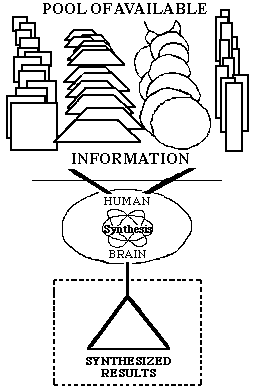
Figure 4. Synthesis from a well-sorted, but un-distilled pool of information.
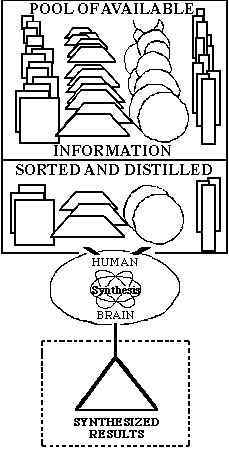
Figure 5. Synthesis from a well-sorted, distilled pool of information.
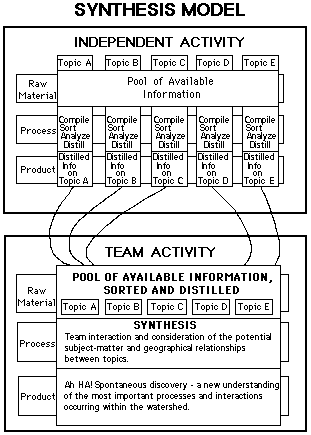
Figure 6. The synthesis model for watershed analysis.



